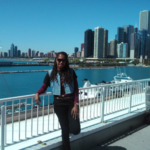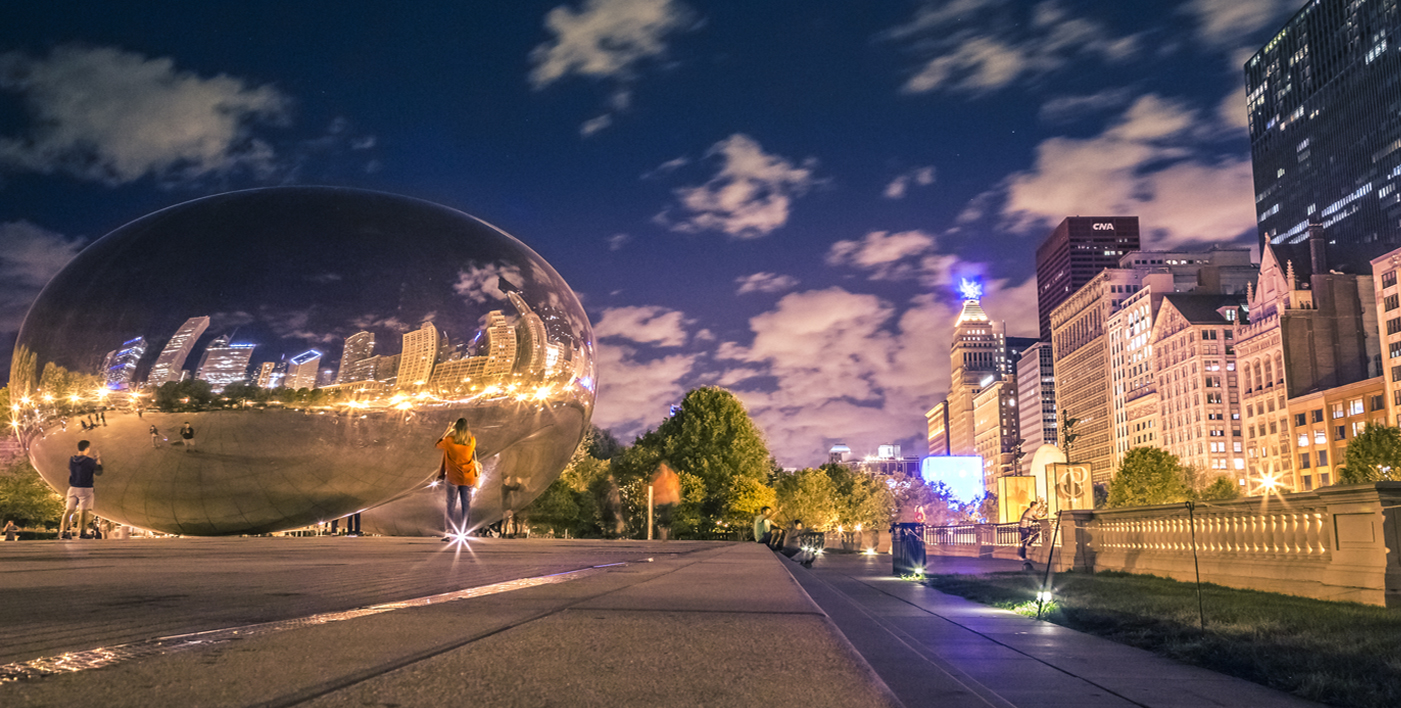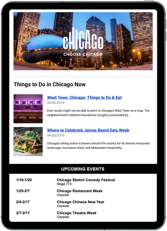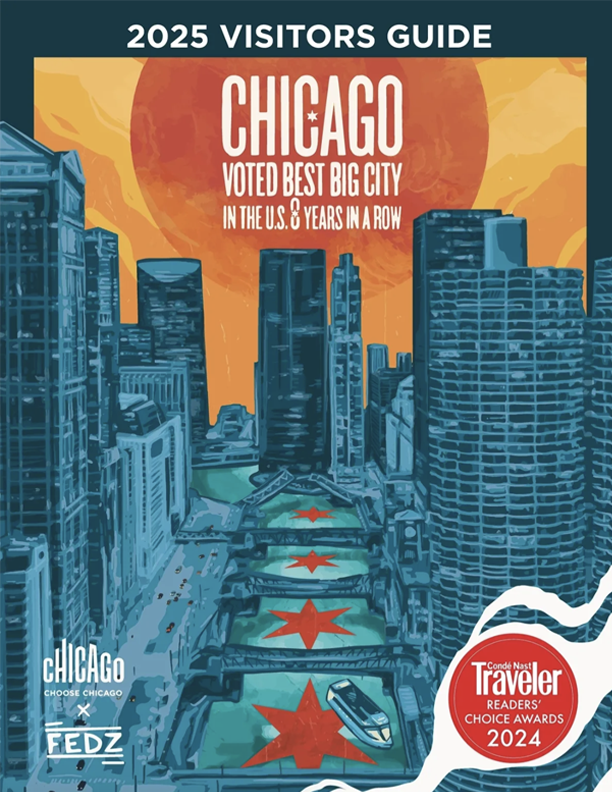Chicago is a city shaped by music — and a place with a deep impact on the musical landscape. This is where house music was born, where gospel found its voice, and where blues got loud. Notably, it’s also a place with a deep connection to jazz music — specifically on the city’s South Side.
During the first half of the twentieth century, Chicago’s Bronzeville neighborhoodwas filled with jazz clubs, ballrooms, and the most exciting nightlife in the city. Thanks to the Great Migration, African American musicians from the South transformed Chicago into a global jazz capital — and eventually shaped the genre itself.
How jazz came to Chicago’s South Side
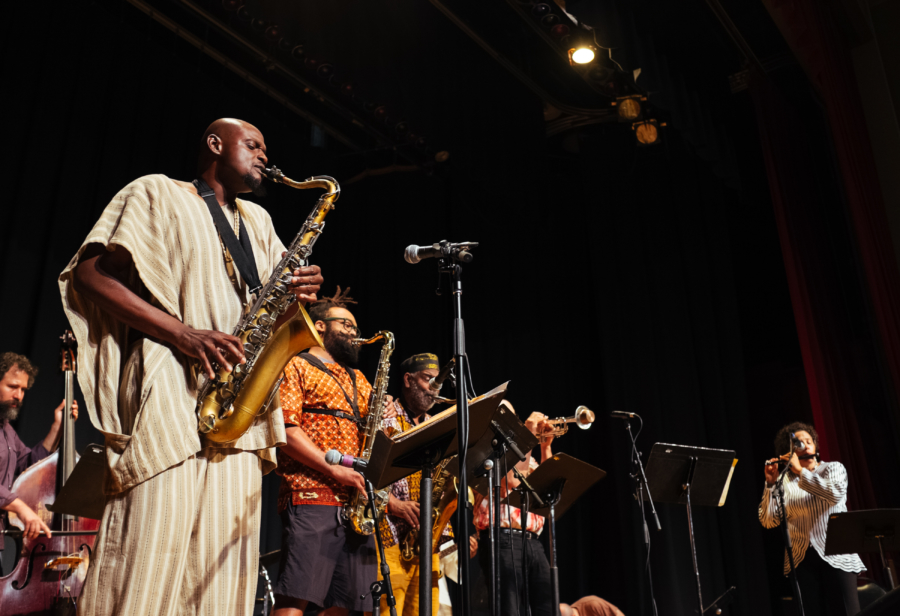
During the Great Migration, thousands of African Americans fleeing oppression and violence in the South headed to Chicago for more opportunities. This influx of new residents was the driving force that ushered in jazz music to Chicago.
Jazz was born in New Orleans, bursting through the streets of the Storyville red light district during the late 1800s as an expression of defiance and creativity in the face of Jim Crow.
The music flourished and soon different races and social classes started mixing in jazz bars and dance halls. That kind of social freedom threatened the established hierarchy of the city, so police raids and harassment became a regular problem for jazz musicians. Many responded by hopping on the Illinois Central Railroad that rolled into Chicago.
The Bronzeville community, known as Chicago’s Black Metropolis, soon boomed with the music and dance of the new “Jazz Age.” Influential musicians and groups like King Oliver’s Creole Jazz Band featuring Louis Armstrong, Jellyroll Morton, and Tom Brown’s Band from Dixieland electrified the city with their high-energy rhythms.
South Side clubs like Lincoln Gardens, the Sunset Cafe, and the Apex Club poured out jazz music all down “The Stroll,” a stretch of Bronzeville that once ran from 31st to 39th on State Street. It’s said that jazz was born in New Orleans but it grew up in Chicago — and Bronzeville was where it came of age.
The birth of Chicago-style jazz
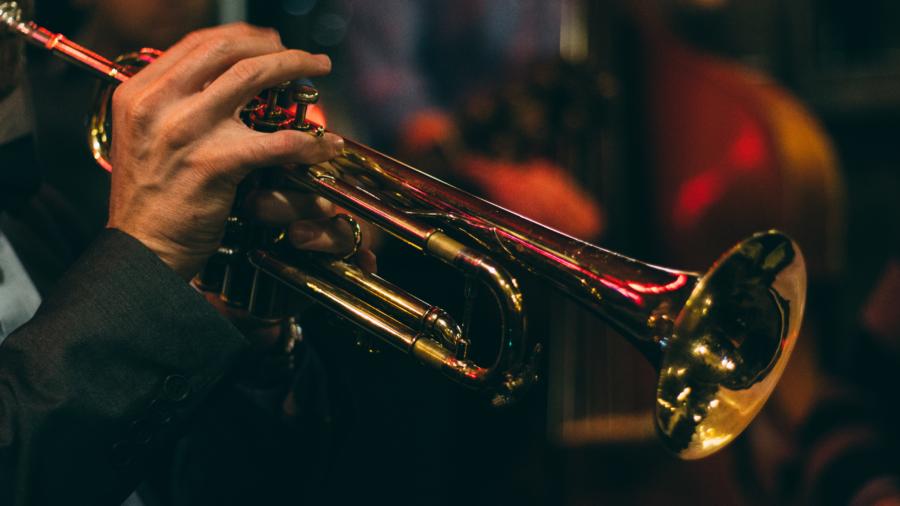
The New Orleans musicians played the Dixieland jazz that they had developed in the Crescent City, but the music soon transformed to reflect their new environment in Chicago.
A focus on dazzling instrumental solos, a switch from banjos to guitars, and the addition of saxophones created a stylized sound that was smoother and more dramatic — all elements that would become hallmarks of Chicago-style jazz.
Louis Armstrong played an influential role in the development of Chicago’s distinct style. He had abandoned his cornet for a trumpet and created another new jazz element by singing nonsensical syllables, using his voice as an instrument in a technique called scatting.
Soon, new specialty labels like Okeh and Vocalion popped up to record the popular new music, and Chicago was established as the nation’s new epicenter for jazz.
Explore more: Learn more about Chicago’s jazz scene today, including top venues throughout the city.
Jazz landmarks on Chicago’s South Side
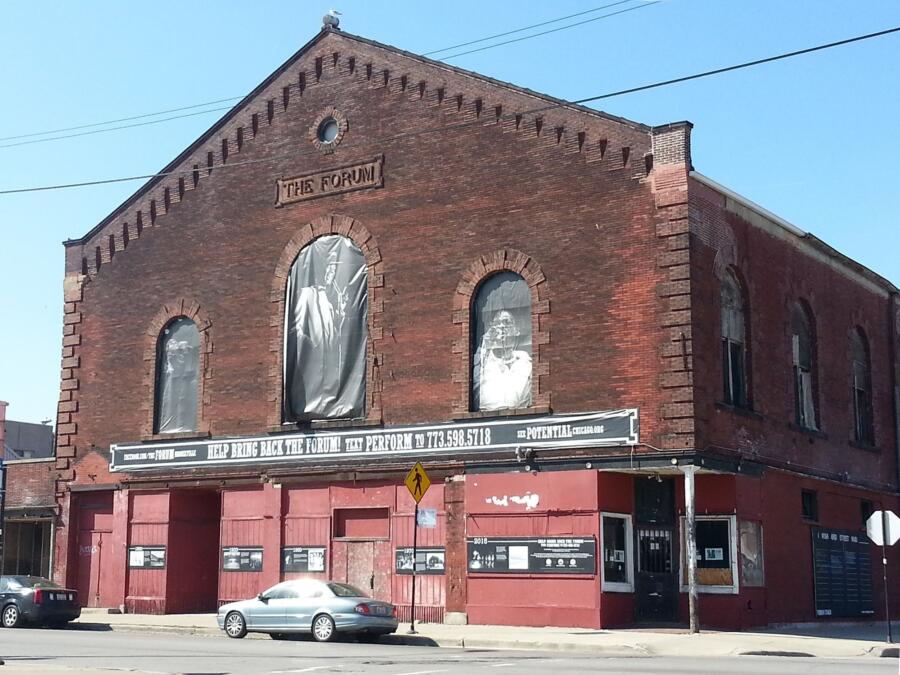
During the jazz heyday, Bronzeville streets were lined with nightclubs and dance halls for live jazz shows. Most are gone today, but a few landmarks remain to highlight this important part of Chicago’s history.
Parkway Ballroom
The Parkway Ballroom opened during the latter part of Chicago’s jazz heyday in 1940. It served as a popular cultural center, hosting neighborhood celebrations and gatherings as well as iconic jazz musicians like Nat “King” Cole, Sarah Vaughn, Duke Ellington, Ella Fitzgerald, and Count Basie. Today, Parkway Ballroom continues to hold community functions as an event space and a social club. 4455 S. King Dr.
The Forum
Boasting the oldest hardwood floor ballroom in the city, The Forum was built in 1897 and supplied ample dancing space for patrons of popular jazz bands during the ‘30s and ‘40s. Bands like the Johnny Long Orchestra and Tiny Parham regularly performed in the space, which also served as a community center for events and political campaigns. The Forum is listed on the National Register of Historic Places and is currently being restored as a hub for cultural programming. 324 E. 43rd
The Sunset Cafe
Constructed in 1909 and designated a Chicago Landmark, the Sunset Cafe was one of Bronzeville’s earliest jazz clubs. Al Capone bought a 25 percent stake in the venue in 1928, and it was renamed the Grand Terrace Cafe after it was remodeled in 1937.
The club played a pivotal role in establishing the careers of influential jazz musicians like Louis Armstrong, Cab Calloway, Earl “Fatha” Hines and Dizzy Gillespie. In 1926, Armstrong recorded the “Sunset Cafe Stomp,” which chronicles the high-energy dancing in the cafe. The Sunset Cafe featured a fanciful mural that depicted jazz musicians and tom-tom players. You can still view the mural, which is located in the original building that now houses the Urban Beautique beauty supply store. 315 E. 35th St.
Louis Armstrong House
The former house of the pioneering jazz musician rises above the street with stately elegance.. This is where ‘Stachmo” lived after he married pianist and composer Lil Hardin. The iconic trumpet player was responsible for popularizing jazz and transforming American pop music. The six-bedroom, six-bath house is a private residence and not open to the public. 421 E. 44th St.
Nat “King” Cole House
The greystone three-flat is where the legendary singer and pianist grew up during the 20s and 30s. The velvety-voiced crooner was the first African American to host a TV show. He gained fame as a piano player while living in this stone building. This is a private residence and not open to the public. 4023 S. Vincennes


